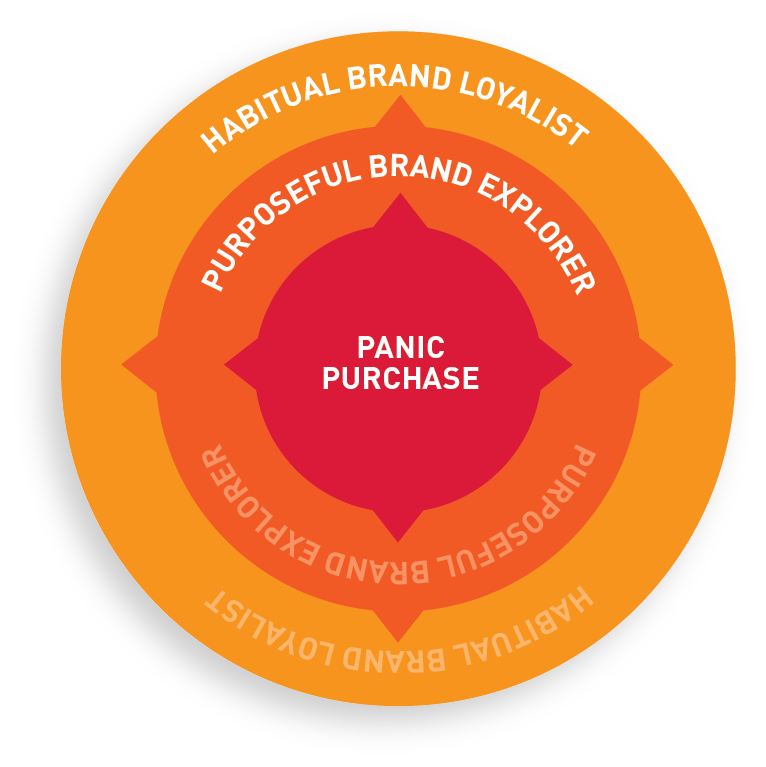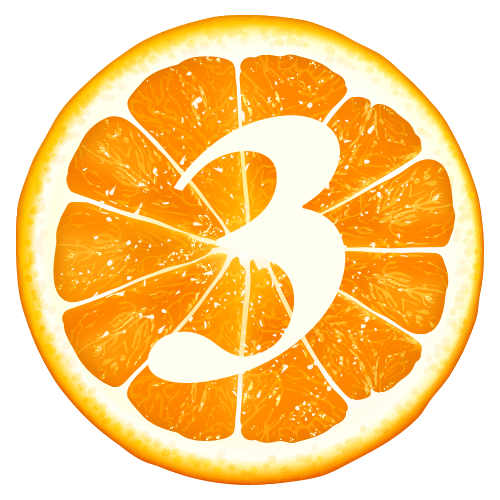Many may wonder how a private label can survive the extremely tumultuous year we are currently experiencing. Countless retailers have been forced to close temporarily during the pandemic while others, considered essential, have remained open throughout the everchanging crisis. Pre 2020, traditional brick and mortar retail stores experienced significant declines with in-store traffic and sales and have seen an increased shift of consumers purchasing online.
It is no surprise that COVID-19 has changed many of the purchasing decisions of die-hard brick and mortar loyalists, breaking old habits and purchasing weekly necessities on-line while safely opting for in-home delivery and/or curbside pick-up. Consequently the pandemic has also prompted true brand loyalists to try out other brands due to commodity shortages. The disruption has not only created opportunities for private label brands to thrive and gain brand recognition, but also become a threat to long-standing category leaders.
A “Target” Approach
The disruption that both retailers and consumers experience can best be illustrated within a simple target graphic example created by Motion.

The graphic illustrates a variety of shopping emotions consumers go through either consciously or subconsciously while shopping for everyday CPG (Consumer Packaged Goods) items. Consumers can easily be swayed to try other brands when forced to, placing them into a panic buying situation. These instances are obviously perpetuated because of an unprecedented event or simply because of supply chain issues. Usually both transpire concurrently therefore forcing consumers to purposely explore other brands to fulfill their needs.
If a retailer has been able to maintain their private label (product quality, packaging, easy-to-communicate benefits, etc.) then those brands will have the upper hand in these situations and will not have to do much to prove their value within competitive categories. Retailers will want to maintain that consumer segment and keep their brand top of mind again and again keeping that consumer as a habitual brand loyalist. The goal would be to keep your consumers moving out of the inner rings where probability of brand sway may occur. Maintaining your private label as a habitual purchase is a sweet spot for any branded product.
There has been a substantial uptick in store brand recognition since the economic downturn of 2008. Lessons learned then are very applicable now – there is no better time than the present to capture and retain those audiences as habitual brand loyalists. With the many commodity shortages and rationing of available inventory, competitors continue to be distracted trying to keep their products available and in the supply chain. Retailers need to constantly stay one step ahead and continue to reinforce and improve their existing private brands, and potentially try to build new ones.
A Retailers Advantage
A private label is the best way for a retailer to establish a long-term relationship with their customer. This direct connection allows retailers to access valuable customer data from transactions and/or loyalty programs while evaluating their consumer shopping behaviors and start to control their own shelf space – something many CPG brands lack within retail store environments and cannot do themselves. While enabling a retailer to position their own brands in a brighter light, they can also incorporate products that are customized to consumer demands and spend far less on marketing efforts to support those in-store.
With store brands having such an upper hand, you might ask “what else can I do to help continue or improve my customer’s loyalty to my private brand in such a volatile environment?” Below are some key findings that will not only help continue to build on your private label recognition but will also help set your brand up for future growth and success.

Increase testing and research – Certainly maintain your brand is meeting the needs of your consumer. Analyze and compare the valuable data you have over a swath of comparable manufacturer brands and other retailers across categories. NBE (National Brand Equivalent) competitors require huge budgets and quite a bit more time to get to this stage. Retailer store brands have this information at their fingertips and can quickly pivot marketing strategies faster and more efficiently. These findings will fundamentally support and define your next move.

Develop strategies to help improve engagement – Your data analysis feeds so much, specifically the “think tank” around your go-to-market strategies. These strategies can be as simple as implementing design and/or communication changes to packaging, or as significant as positioning changes that can affect your merchandise assortment within category. Point being, retailer brands have an amazing opportunity to change the paradigm of a category very quickly, utilizing accessible and very meaningful data to support the change..

Continually analyze performance data – A continued effort of reanalyzing data will help to validate why changes needed to be made in the first place. Reviewing a brand’s performance through a consumer’s lens, and analyzing details such as category innovations, package design or communication, and even pricing can make profound differences in a brand’s long-term performance goal of continually meeting consumer needs.
With a pandemic arguably continuing through this year and an uncertain economic situation looming, there has never been a more important time than the present for retailers to assess and analyze their private label programs. Retailers who remain nimble and are able to pivot strategies to keep up with a volatile economy will benefit long-term while being able to squeeze out more positive brand experiences for current and future customers alike.
Learn more: How COVID 19 will continue to affect both on-line and brick and mortar retailers.
Recommended reading